Chaco Golden Knee Tarantula Care Top 5 Tips!
The Chaco Golden Knee Tarantula, also known as Grammostola pulchripes, is a popular choice for tarantula enthusiasts due to its docile temperament and striking appearance. These beautiful creatures, native to Argentina and Paraguay, are relatively easy to care for, making them a great option for both beginner and experienced keepers. This care sheet provides the top 5 essential tips for ensuring your Chaco Golden Knee thrives in captivity. Following these guidelines will help you create a comfortable and safe environment for your tarantula, allowing you to enjoy its fascinating behavior for years to come. Proper care involves careful attention to its environment, feeding habits, and handling practices. Keep in mind, these tarantulas are known for their longevity, so a good start is crucial.
Selecting Your Chaco Golden Knee
Choosing a healthy Chaco Golden Knee is the first and perhaps most important step in successful tarantula keeping. A healthy tarantula is more likely to adapt well to its new environment and live a long, fulfilling life. Taking the time to find a specimen in good condition will greatly increase your chances of success. Look for a tarantula that is active and alert, showing no signs of lethargy. Avoid tarantulas that appear thin or have a sunken abdomen, as this can indicate dehydration or malnourishment. Always purchase from a reputable breeder or pet store that prioritizes the well-being of their animals. This ensures that you are getting a tarantula that has been properly cared for and handled.
Choosing a Healthy Tarantula
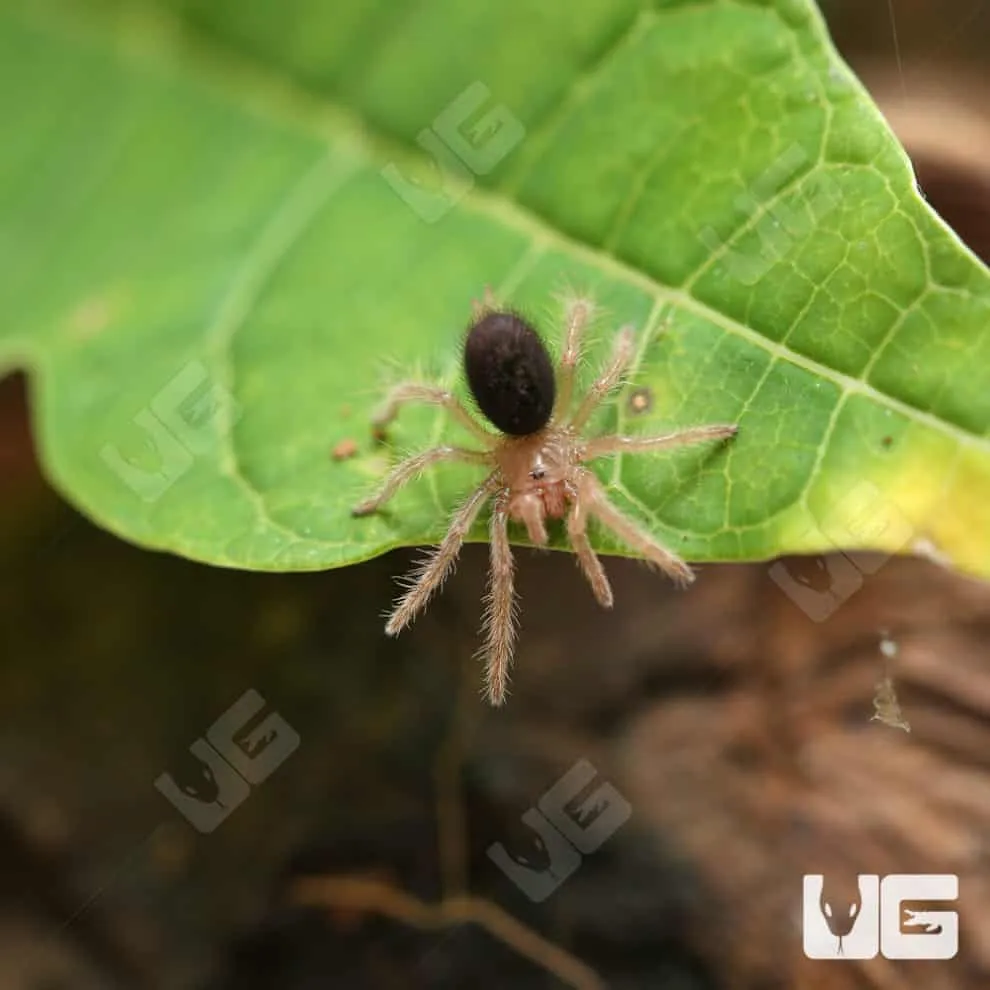
When selecting your Chaco Golden Knee, observe its overall appearance. A healthy tarantula will have a plump abdomen, indicating it is well-fed and hydrated. Check for any missing limbs or damaged pedipalps, as this could be a sign of previous injury or poor health. Look for clear, bright eyes (if visible) and a glossy carapace. The tarantula should move with ease and agility, not showing signs of weakness or difficulty in locomotion. Ask the seller about the tarantula’s feeding history and molting cycle to get a better understanding of its health. A healthy tarantula will readily respond to stimuli, such as tapping the enclosure, and exhibit defensive postures only when necessary.
Identifying a Healthy Chaco
A healthy Chaco Golden Knee has distinct characteristics that distinguish it from an unhealthy one. The abdomen should be rounded and not shriveled or excessively wrinkled. A healthy tarantula will typically have vibrant coloration on its legs and carapace, while an unhealthy one may appear dull or faded. Observe its behavior, noting whether it is active and curious or lethargic and withdrawn. A tarantula that is constantly hiding or refusing to eat could be a sign of stress or illness. Look for signs of parasites, such as mites, which can be detrimental to the tarantula’s health. A clean enclosure and healthy appearance are key indicators of a thriving Chaco Golden Knee.
Setting Up the Ideal Habitat
Creating a suitable habitat is critical to the health and well-being of your Chaco Golden Knee. The enclosure should provide adequate space, proper ventilation, and the right environmental conditions to mimic its natural habitat. The size of the enclosure depends on the size of the tarantula; as it grows, you’ll need to provide more room. Proper substrate, decor, and temperature/humidity control are also essential elements of a healthy habitat. A well-designed enclosure will allow your tarantula to thrive, exhibit natural behaviors, and feel secure in its environment. By replicating its natural environment, you minimize stress and promote a long lifespan.
Enclosure Size and Type
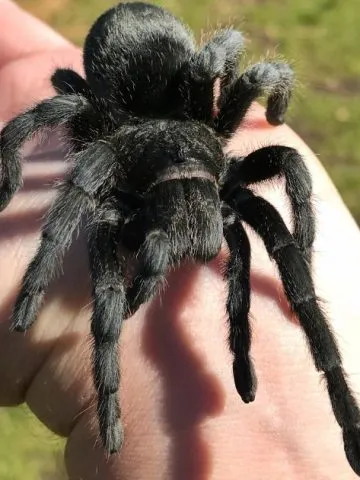
The enclosure should be appropriately sized for the tarantula’s size and growth stage. A juvenile Chaco Golden Knee can thrive in a smaller enclosure, such as a 5-gallon tank. As it grows, you should upgrade to a larger enclosure, such as a 10 or 20-gallon tank. The enclosure should be made of glass or clear plastic to allow for easy viewing and observation of the tarantula. The enclosure should have a secure lid with proper ventilation to prevent escape and maintain the correct humidity levels. Make sure the enclosure is escape-proof, as these tarantulas can squeeze through small spaces. A well-ventilated enclosure ensures the tarantula has enough fresh air.
Substrate and Decor
The substrate is essential for maintaining humidity and providing a comfortable environment for your tarantula. A good substrate for a Chaco Golden Knee consists of a mixture of peat moss, coconut fiber, and a small amount of vermiculite. This mixture helps retain moisture, while still providing adequate drainage. The substrate should be deep enough for the tarantula to burrow if it chooses. Add decorations such as cork bark, artificial plants, and sturdy hides to provide hiding places and enrichment. Avoid sharp objects that could potentially harm the tarantula. Regularly check and replace the substrate to maintain cleanliness and prevent the buildup of mold or bacteria, which is crucial for your tarantula’s health.
Temperature and Humidity
Chaco Golden Knees thrive in a temperature range of 75-85°F (24-29°C). You can use a heat lamp or a heating pad placed on the side of the enclosure to maintain the proper temperature. Avoid placing the heating pad directly under the enclosure, as this could overheat the substrate. The humidity level should be maintained at around 60-70%. You can achieve this by misting the enclosure with water every few days. Use a hygrometer to monitor the humidity levels. Provide a shallow water dish filled with fresh water at all times. Proper temperature and humidity are critical for molting and overall health. Ensure consistent conditions within the enclosure.
Feeding Your Chaco Golden Knee
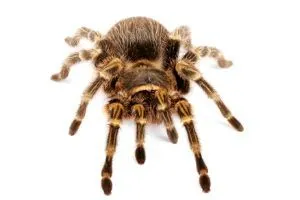
Feeding your Chaco Golden Knee the right food and frequency is crucial for its growth and well-being. It’s important to provide a varied diet that meets its nutritional needs. The size and frequency of feeding will depend on the tarantula’s age and size. Overfeeding can lead to health issues, while underfeeding can stunt growth. Observe your tarantula’s behavior and adjust its feeding schedule accordingly. Always remove any uneaten prey within 24 hours to prevent mold and mites, which can be harmful to your tarantula. Clean, readily available water is just as important as food.
Appropriate Prey Items
Chaco Golden Knees typically eat insects, with crickets, mealworms, and dubia roaches being common choices. Varying the diet with different types of insects can provide better nutrition. The prey size should be appropriate for the tarantula’s size; the prey should be no larger than the tarantula’s body. Always gut-load the insects with nutritious food, such as vegetables and fruits, before feeding them to the tarantula. This ensures that the tarantula receives essential vitamins and minerals. Avoid feeding wild-caught insects, as they may contain pesticides or parasites. The most important thing is that the food is healthy and nutritious.
Feeding Frequency
Juvenile Chaco Golden Knees should be fed 2-3 times per week. Adult tarantulas can be fed once a week or less. Adjust the feeding frequency based on the tarantula’s size and appetite. A tarantula that is about to molt may refuse food, which is normal. Do not be alarmed if your tarantula goes without food for several weeks, especially as it approaches a molt. Regularly monitor your tarantula’s abdomen, ensuring it remains plump and not sunken. A healthy tarantula will have a good appetite, and the frequency of feeding should be adjusted based on its individual needs. Ensure the tarantula always has access to fresh, clean water.
Watering and Hydration
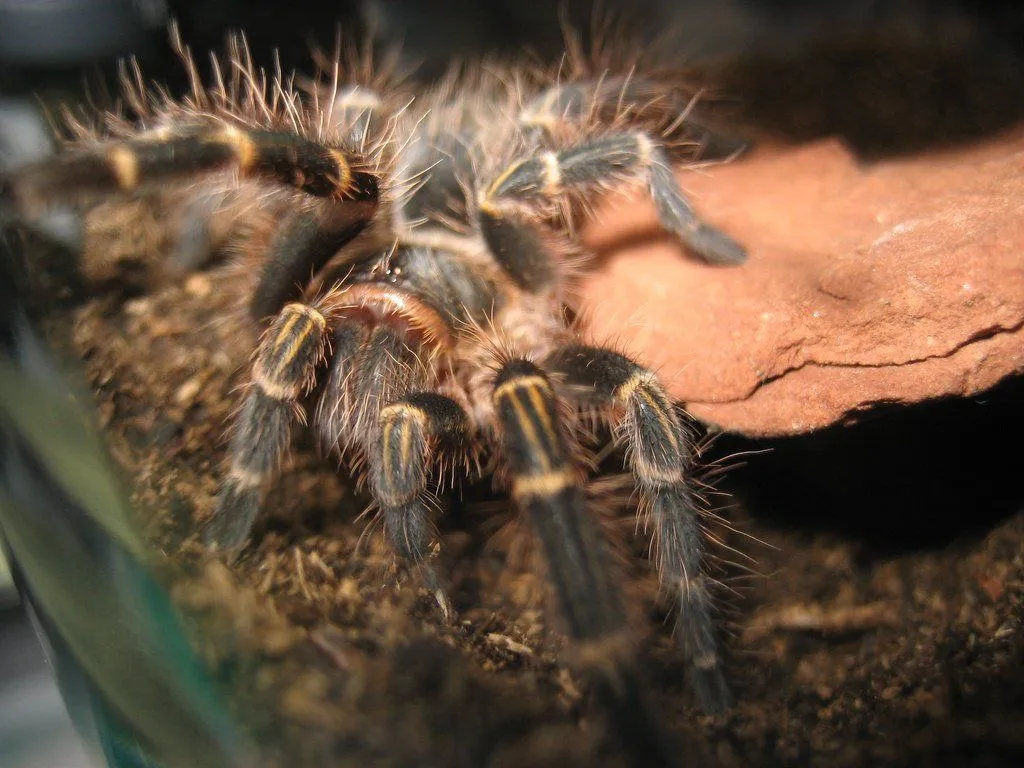
Providing fresh water is essential for your Chaco Golden Knee’s health and hydration. Tarantulas need water to survive, and dehydration can lead to serious health problems. Ensure a consistent supply of clean water, and regularly monitor the water dish. Avoid using tap water that may contain harmful chemicals; distilled or bottled water is recommended. Keep the water dish clean, and replenish it frequently. Misting the enclosure can also help maintain humidity and provide an alternative source of water. Dehydration is a common issue in captive tarantulas, so taking the proper precautions can greatly help your tarantula.
Providing Fresh Water
A shallow water dish should be placed in the enclosure at all times. Use a water dish that is appropriate in size for the tarantula, making sure it’s not too deep. Regularly clean and refill the water dish with fresh, dechlorinated water to prevent bacteria growth. You can also provide water by misting the enclosure, but this is not a substitute for a water dish. Always ensure the water dish is accessible to the tarantula. Regularly monitor the water level, especially during periods of high heat or low humidity. Keep the water dish clean to avoid any health issues. The water should always be fresh and clean.
Maintaining Humidity Levels
Proper humidity is crucial for the health of your Chaco Golden Knee. The humidity levels can be maintained by misting the enclosure. Misting should be done regularly to keep the substrate slightly damp. Ensure good ventilation to prevent mold or mildew growth. Monitoring the humidity level using a hygrometer will help you maintain the right environment. Overly humid conditions can be as harmful as too dry conditions. Misting frequency will depend on the enclosure’s ventilation and the ambient humidity. Balance is key, and frequent monitoring will help you find the best approach for your setup.
Handling and Safety
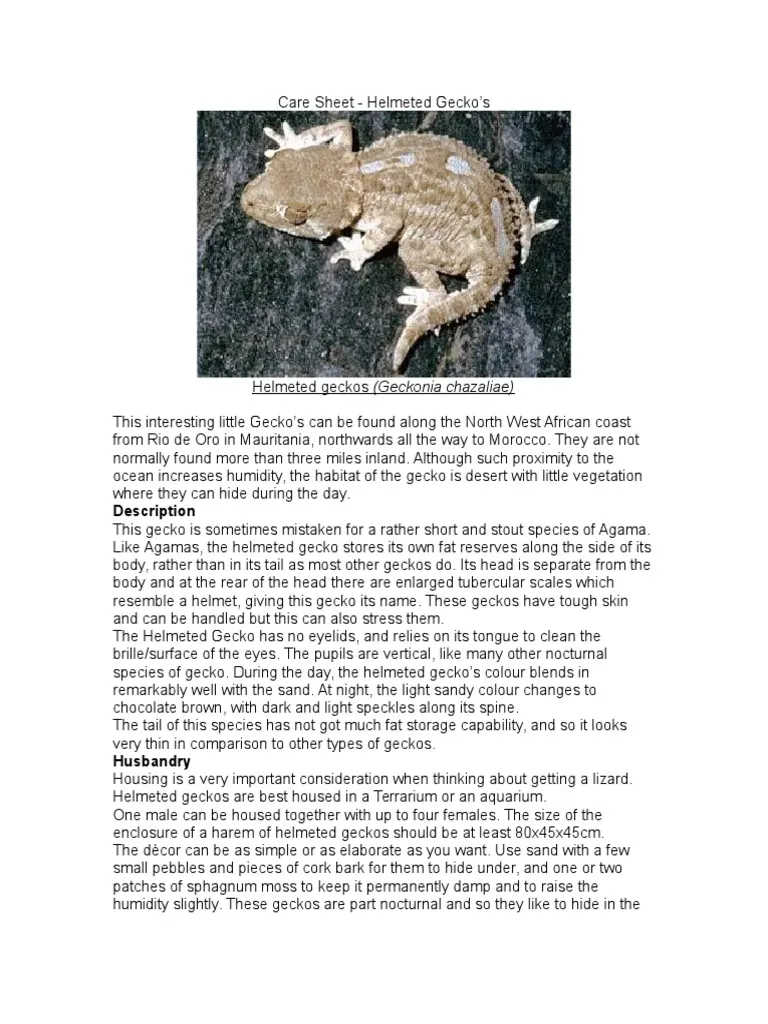
Handling Chaco Golden Knees should be done with caution and only when necessary. They are generally docile but can still bite if they feel threatened. Their bites are not considered medically significant to humans, but they can be painful. Always approach the tarantula calmly and gently. Observe the tarantula’s behavior, and avoid handling it if it appears stressed or agitated. Handling also increases the risk of dropping the tarantula, which can lead to serious injury or death. Understanding proper handling practices and recognizing signs of stress is vital for your safety and the well-being of your tarantula. Avoid handling unless essential for care or necessary relocation.
Safe Handling Practices
If you must handle your Chaco Golden Knee, do so in a safe, enclosed area, such as over a soft surface. Wash your hands thoroughly before and after handling to remove any potential contaminants. Gently coax the tarantula onto your hand or a soft object, like a paintbrush. Avoid sudden movements that could startle the tarantula. Always supervise children when they interact with the tarantula. Never handle a tarantula if you are unsure or uncomfortable. Respect your tarantula’s space and avoid forcing interaction if it appears stressed or agitated. Avoid handling during molting, as they are particularly vulnerable during this period.
Recognizing Signs of Stress
Recognizing signs of stress is essential for ensuring your Chaco Golden Knee’s well-being. A stressed tarantula may flick hairs from its abdomen, rear up defensively, or try to escape. Rapid movements and a defensive posture are also indicators of stress. Avoid handling the tarantula if it exhibits these behaviors. A tarantula that refuses food or spends excessive time hiding may also be stressed. By observing the tarantula’s behavior and understanding its needs, you can create a stress-free environment. Providing a secure enclosure, appropriate temperature, and humidity, and avoiding unnecessary handling will minimize stress. Regular observation will help you quickly identify and address any potential problems.
